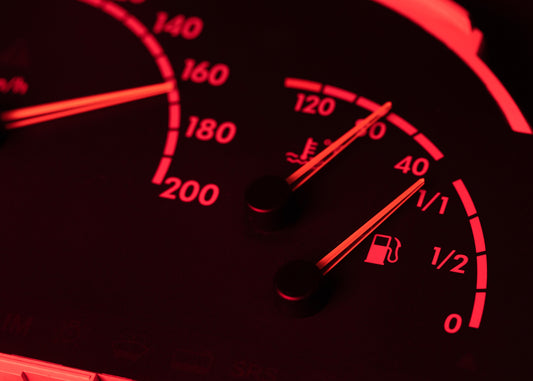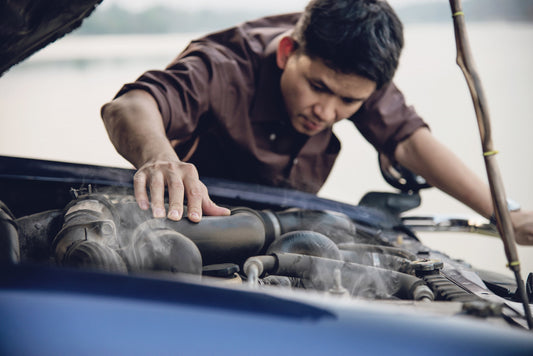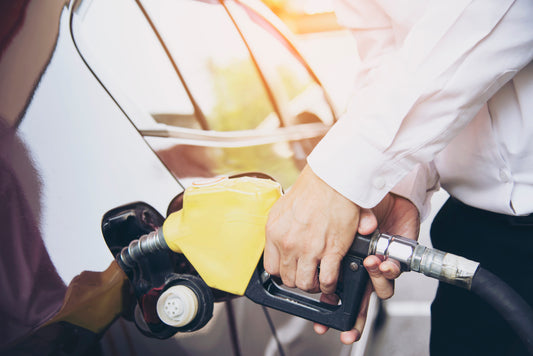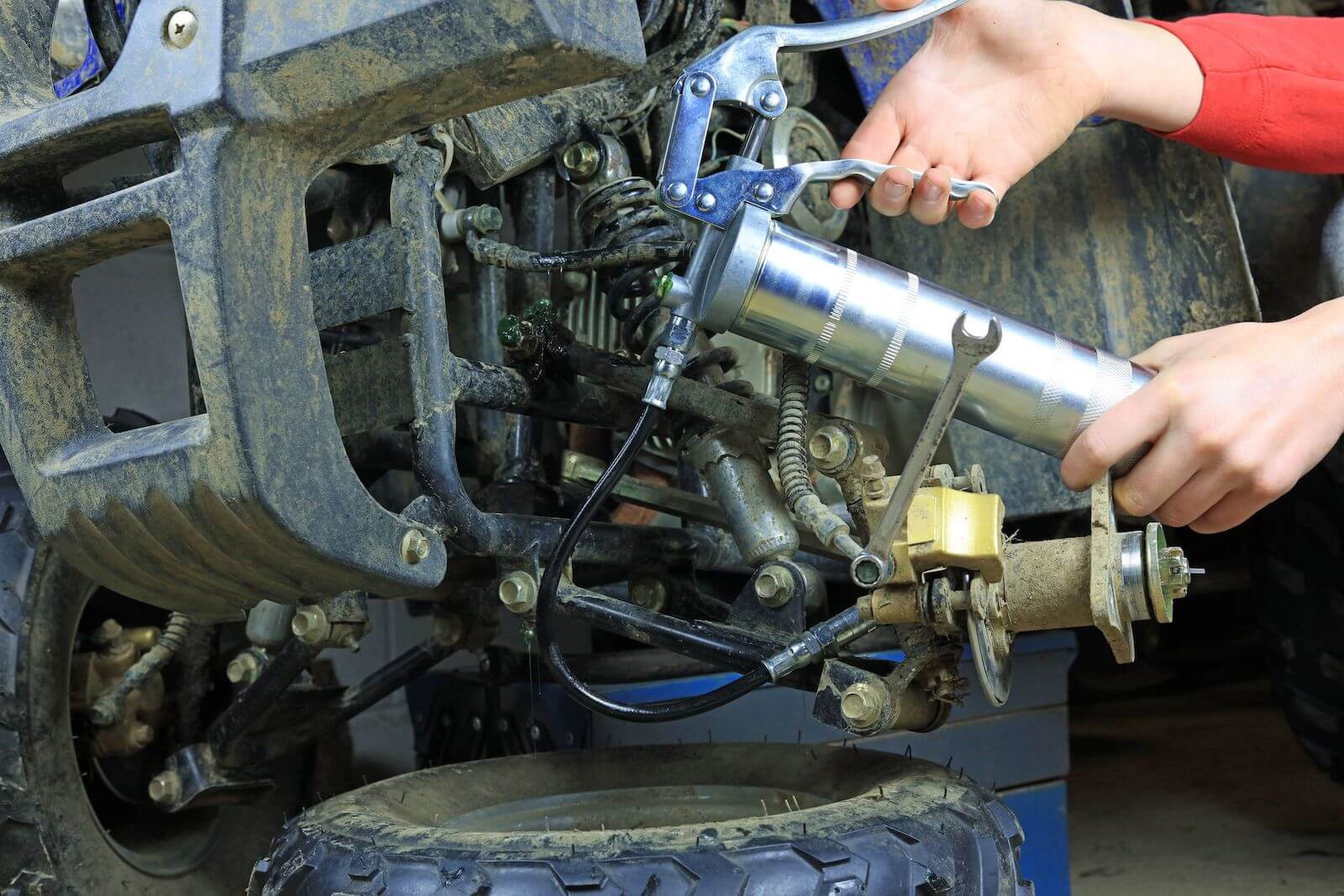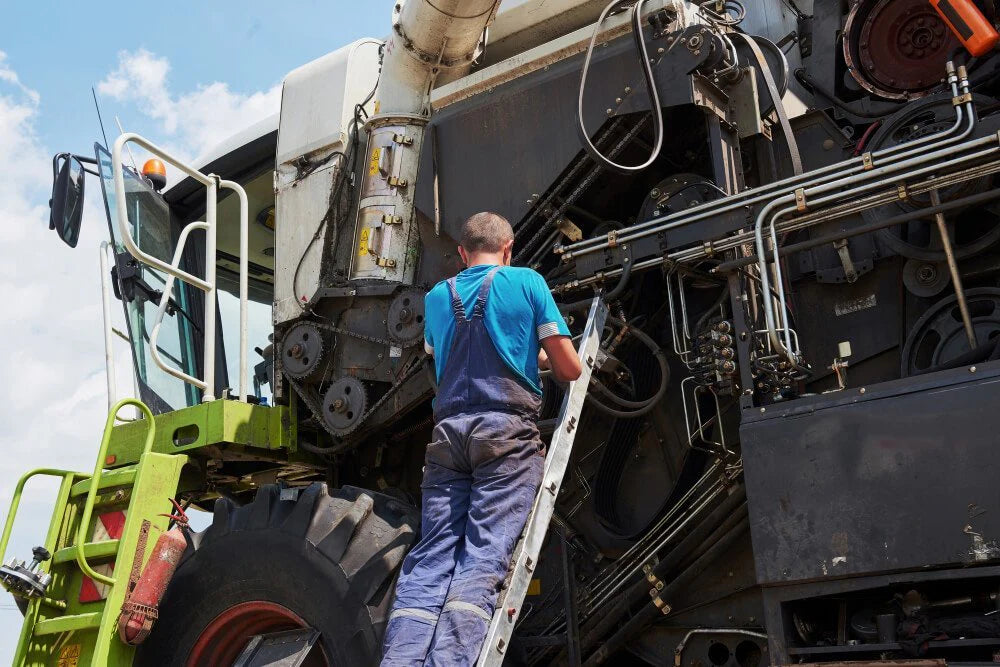If you want to know how to load a grease gun, you need to understand the two methods of using a grease gun.
Correct grease gun use is not happenstance. You have to make sure you are knowledgeable about the gun’s anatomy as well as how to load it, unload it and store it. When operating a grease gun, you will also need to wear protective clothing. Grease gun use requires that you also wear gloves and apply grease from a cartridge or tub. Use a paper towel or rag to clean up any residue.
If you’re ready to learn how to use a grease gun, follow these two methods.
How to Use a Grease Gun
Grease guns are powered by air, electricity, or manually. Manual grease guns are either manufactured with a lever or feature a pistol grip. Two grease gun loading methods are used by mechanics, do-it-yourselfers, and others for lubricating parts. Below are the basic steps of usage for correct grease gun use, or when grease is applied with a cartridge or from a tub.
1. Cartridge Use
To load a grease gun using the cartridge use, follow these steps:
- Remove the gun’s head from the barrel.
- Pull back the rod handle on the gun.
- Lock the handle.
- Open a new grease cartridge. Make sure the grease is the proper grease to use for the job.
- Insert the cartridge into the gun’s barrel.
- Note the pull-tag on the cartridge.
- The cartridge should be pushed in until its rim makes contact with the rim of the gun.
- Reinstall the barrel to the end cap, keeping it loose.
- Release the rod handle on the gun by turning out it from the retaining groove located in the end cap.
- Depress the rod handle to force grease into the gun’s head while forcing the air out.
- Pump grease through the gun’s nozzle and wipe the nozzle clean before affixing it to the gun.
- Tighten the cap, pushing down on the air bleeder to force out the remaining air.
- Position the coupler at the end of the extension hose, and on the point that needs greasing.
- Pump the lever handle until the grease starts to flow.
2. Tub Use
The second method of loading a grease gun is employed, by suction, using a tub of grease.
- Remove the gun’s head from the barrel.
- Place and pack a large amount of grease inside the gun’s head.
- Place the gun’s barrel over the grease tub.
- Point the barrel downward about 5 cm or 2 inches toward the grease.
- Push down on the gun’s barrel and pull up on the rod handle or plunger.
- When the handle is fully extended, lock it.
- Remove the extra grease, after the barrel is full, by moving it back and forth horizontally.
- Clear all the parts with a rag or paper towel.
- Affix the barrel of the gun to the rest of the unit.
- Unlock the handle of the rod.
- Pump the handle of the grease gun to initiate flow.
- Position the coupler of the gun on the end of the extension hose, and directly on the lubrication site.
How To Load A Grease Gun
First, you will need to attach the grease fitting onto the gun’s nose. Next, use your free hand to pull back on the operating lever until it is fully retracted. If there was no cartridge of grease inserted into the gun previously, now insert one by pressing against both sides of its top at once. You can tell if it has been properly inserted if the cartridge can be pushed in all the way.
When applying grease, it is important to use a paper towel or rag to clean up any residue that comes out. The last thing you want on your hands is grease stains! If you do happen to get some grease on yourself, wipe it off immediately.
Grease Gun Tips
Learning how to use a grease gun doesn’t happen all at once. Here are a few more tips to help you through the process.
Helpful Tips for Grease Gun Use
Seal the Pressure Assembly with Grease
When you first use a grease gun, seal the rubber plunger assembly with a layer of grease before inserting the plunger into the barrel.
Store the Gun Horizontally, Releasing the Air Pressure First
Release the air pressure of the gun before you store it. Correct grease gun use also means storing the gun properly. When you do store the gun then, place it horizontally away from any area that attracts dampness or heat. This ensures that the oil will not bleed out of the lubricant. Using a grease gun clamp organizes and streamlines storage. The coupler should also be covered to keep it protected from contaminants and dirt.
Use Extra Care when Using the Gun’s Attachments
A grease gun’s attachments, such as needles and nipples, are used to lubricate very small openings. Therefore, care should be taken when using these accessories, particularly the needles.
That is because needles can slip and puncture the skin. If any grease seeps into the skin, it can lead to severe infections, including the development of gangrene. Therefore, nipples, needles, or nozzles require cleaning before grease gun use in order to prevent clogs or other use issues.
Also, Use Care When Removing the Lid on a Cartridge
The grease loaded into any grease gun should be free of contaminants, including dust, lint, or metal shavings. When you use a cartridge of grease then, apply extra care when removing the metal lid. The practice will prevent metal slivers from being introduced into the grease.
Use a Vent Plug on the Relief Port of the Bearing
If you are lubricating bearings, figure the needed amount of grease by ascertaining the calibrated delivery volume for your gun. Use a vent plug on the bearing’s relief port to flush out old grease and reduce the risk of pressurization.
Correct Grease Gun Use Means Always Using the Recommended Grease
Never use any other grease than the specific grease that is identified for your gun. Also, always make sure that the grease gun’s nozzle is clean before using it. Pump a small portion of grease out of the nozzle, then wipe it off with a rag before affixing it to the fitting.
Learn How To Load A Grease Gun The Right Way
So, when it comes to learning how to load a grease gun, make sure you dispense the right type of grease at each lubrication point. Applying the wrong kind of grease will lead to an incompatibility issue, which, in turn, can trigger a bearing failure. The grease points should be clearly marked for proper grease use with adhesive dots, colored tags, or markers of paint.
AET Systems is a leader in lubrication technology. Visit our store today!



